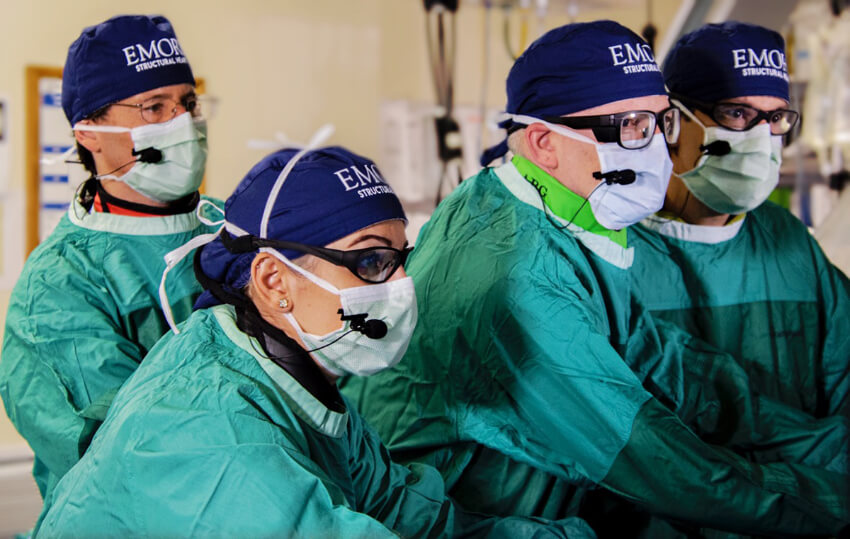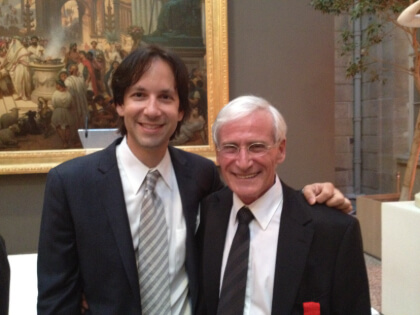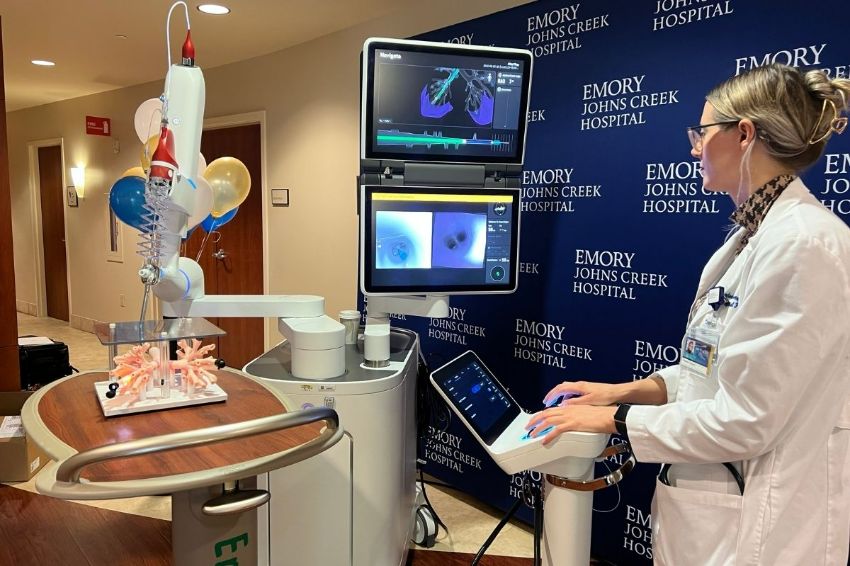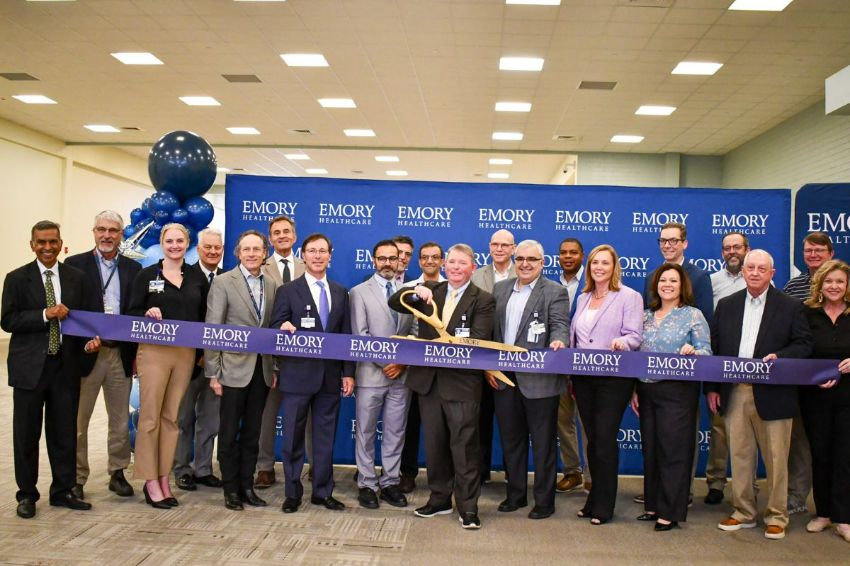Emory Heart & Vascular reached a significant historic milestone, performing the Transcatheter Aortic Valve Replacement (TAVR) procedure on its 5,000th patient at the end of last year. Leading the way in innovative, minimally invasive procedures is part of the fabric at Emory. The academic medical center was the first site in Georgia (and one of the first in the nation) to perform it in 2007.
TAVR revolutionized treatment for aortic valve disease by allowing cardiologists to replace a patient’s impaired aortic valve with a new prosthetic valve via a catheter. In 2007, it was only available to high-risk patients who were considered too sick or old to undergo open-heart surgery.
Today, TAVR is considered a safer and less invasive alternative to open-heart surgery for many low and medium-risk aortic stenosis patients, according to Vasilis Babaliaros, MD, founder and co-director of the Emory Structural Heart & Valve Center.
Babaliaros has had a front row seat to the rapid evolution and widespread adoption of TAVR. He was the first American physician to go to France and train directly under the renowned Alain Cribier, MD, who invented the transcatheter heart valve and became the first ever to perform a TAVR in the spring of 2002.
During Babaliaros’ introductory meeting with the pioneering physician, he recalls watching Cribier perform the procedure on the 16th patient in the entire world. The experience changed the trajectory of his career.
“Everything I had learned about interventional cardiology up until that point seemed small in comparison,” he said.






